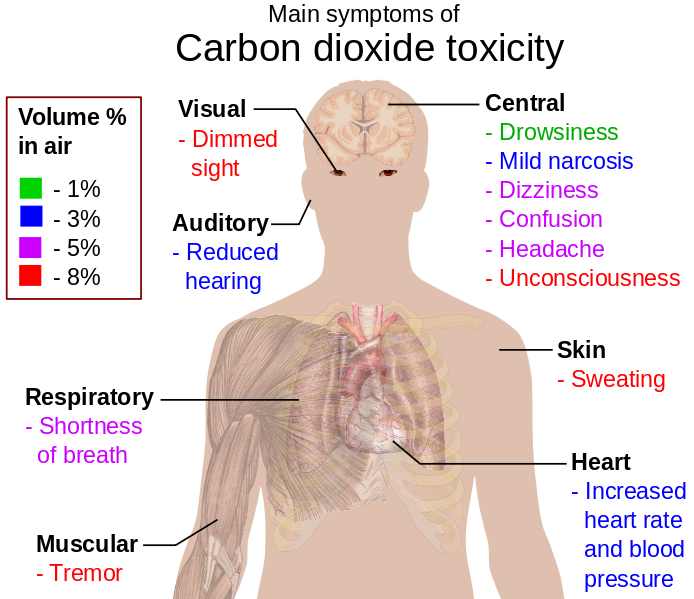One of the “mythologies” that I have heard from clients and real estate agents is something along the lines of “But the house is too new to have any air quality issues, isn’t it?” Actually, it is usually the opposite. Besides the fallacy that newer is necessarily better (how long do appliances last now compared to 30 years ago?) there are several reasons why air quality in a new home may be severely impaired compared to an older one.
- The construction materials and potentially new furniture, carpet, linens, etc. are still outgassing (releasing chemical fumes) for weeks and months after the initial build.
- All of the dust from construction has not necessarily been removed from the general air circulation with the finer, more dangerous fine and ultra-fine particulate matter known to stay suspended for weeks.
- Unpacking of boxes and materials from the move can release contaminants that have now been imported into your home.
- Houses in general are built more “tightly” than in the past with the aim of increased energy efficiency. As with any engineering design, there is almost always a trade-off or a compromise somewhere. In this case, you potentially cut down on the amount of fresh air and oxygen in exchange for saving money on your utility bill. This means increased CO2 (carbon dioxide levels) which is potentially hazardous to your health. Please note that I am not talking about carbon monoxide which is an entirely different gas.
- There tends to be a synergistic relationship between CO2 levels and VOC (Volatile Organic Chemical) levels in a structure. Elevated carbon dioxide levels means that ventilation is inadequate, not just for human occupants but ALSO for proper outgassing of the chemical fumes discussed above. This is why levels of CO2 which exceed 1000 ppm (or 1%) is associated with Sick Building Syndrome. Normal outdoor atmospheric levels are 400 ppm.
- Furthermore, chemoreceptors in the human body located in the aorta, carotid arteries and in the brain respond to increased CO2 levels by INCREASING the breathing rate. This means that consequently more chemicals and dust enter the lungs and bloodstream.
- Excess levels of CO2 can rapidly build up, particularly in an enclosed space such as a smaller room with the door shut and no air circulation. This can begin manifesting as physical symptoms as described in the illustration below.

Symptoms of Carbon Dioxide Toxicity
TRUE STORY – I investigated a very new home (less than a year old) in which I was called out because the 23 year old healthy son passed out unconscious and non-responsive. When checked out at the hospital, they could find nothing wrong. When I arrived and began testing, I found something very wrong as my carbon dioxide meter began alarming immediately and climbed to very high levels even inside of an open hallway on the second floor. The family had been complaining of fatigue and headaches within a week of moving in.
The official medical terminology for carbon dioxide toxicity / poisoning is known as “hypercampnia”. Please note that this is an entirely different issue from CARBON MONOXIDE poisoning which is discussed in a blog post here:
